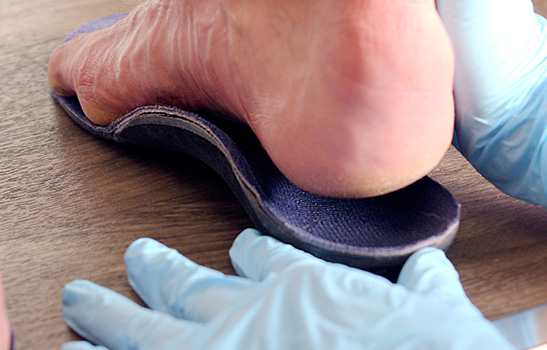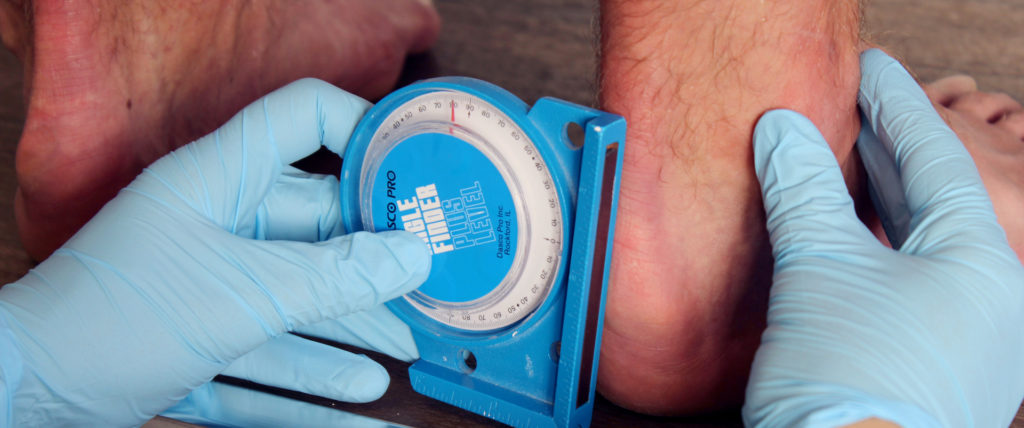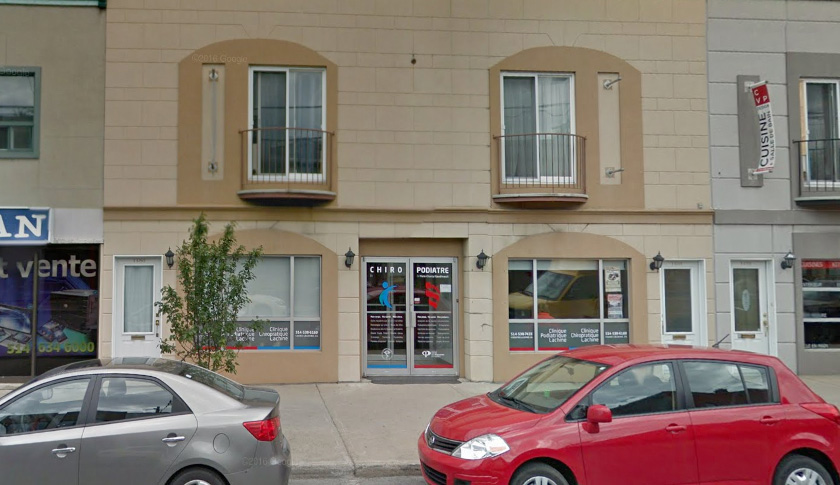Biomechanical exam for children
Bio-me-cha-nics
The study of the mechanical properties of the human body that affect its movements.
What is a biomechanical exam?
A biomechanical exam for children is a comprehensive assessment of the way the child’s body functions while walking. Both static and dynamic tests are conducted to investigate the body’s osteo-articular and muscular functions. A biomechanical exam may be conducted as soon as the child has begun to walk.
Normal function is assessed differently in children compared to adults. The criteria used vary depending on the child’s age and can change as the child grows. That’s why the biomechanical exam for children differs from that used for adults.
In addition to a physical and clinical assessment, a podiatrist will examine the child’s biomechanics with the help of pressure analysis imaging technology including sensors embedded in shoes and/or placed on the floor with cameras as well as X-ray imaging.
This information is then analyzed in order to identify the source of the problem, establish a podiatric diagnosis and ultimately develop an appropriate treatment plan for your child.
The biomechanical exam, who is it for?
Any child presenting one of the following:
- Family history of foot problems
- Need for an assessment to verify normal development
- Poor posture
- Plantar misalignment (flat or high arches)
- Abnormal gait
- Pronation or supination (inward or outward roll of the foot)
- Excessive wear and tear of shoes
- Frequent falls
- Difficulty running as fast as other children their age
- Pain in the feet, legs, knees or back
- Growing pains in the legs
- Premature fatigue when taking part in physical activities
- Foot difformity (bunions, early signs of hammer toes)
- Accumulation of calluses (hard skin)
- Development of bumps (e.g., behind the heel)
- Crooked knees or ankles
- Frequent sports injuries
- Athletic children who want to optimize their performance and prevent injuries
What are the benefits of a biomechanical exam?
- Efficiently identifies biomechanical abnormalities
- Identifies the exact source of a problem and produces an accurate diagnosis
- Helps act quickly to prevent problems from persisting over time
- Helps parents better understand their child’s condition
- Supports the development of an appropriate and personalized treatment plan
- Provides a holistic assessment of the foot and lower limb function
- Provides an overall picture of the child’s biomechanical development
-
Patient history and physical exam:
Review of health history and functional tests in lying and standing position.
-
Computerized gait and posture analysis:
A number of determining biomechanical factors are assessed using pressure sensors connected to cameras.
-
Digital X-rays and related exams:
Additional exams are sometimes necessary to establish a more exact diagnosis (e.g. diagnostic ultrasound, CT scan).
-
The condition and personalized treatment plan are explained:
Your podiatrist provides you with an overview of the child’s foot health and suggests a treatment plan based on his needs.
They’ll probably grow out of it. I’ll wait before consulting a specialist.

In fact, the opposite is often true!
Children's bodies develop through a series of changes that occur as they grow. However, abnormalities can often persist and become pathological. To ensure the child's development remains normal, it's best to intervene early rather than late. The longer you wait to address the problem, the less effective the treatment options will be and the more likely the problem will persist into adulthood.
My child never complains of pain, so there's no point doing an assessment.

Even the most severe misalignment often causes no pain in children. Therefore, a lack of symptoms is not a good reason to avoid an assessment. It's often in adulthood that pain emerges as a result of biomechanical misalignment, but many of the underlying problems may be corrected during childhood.


